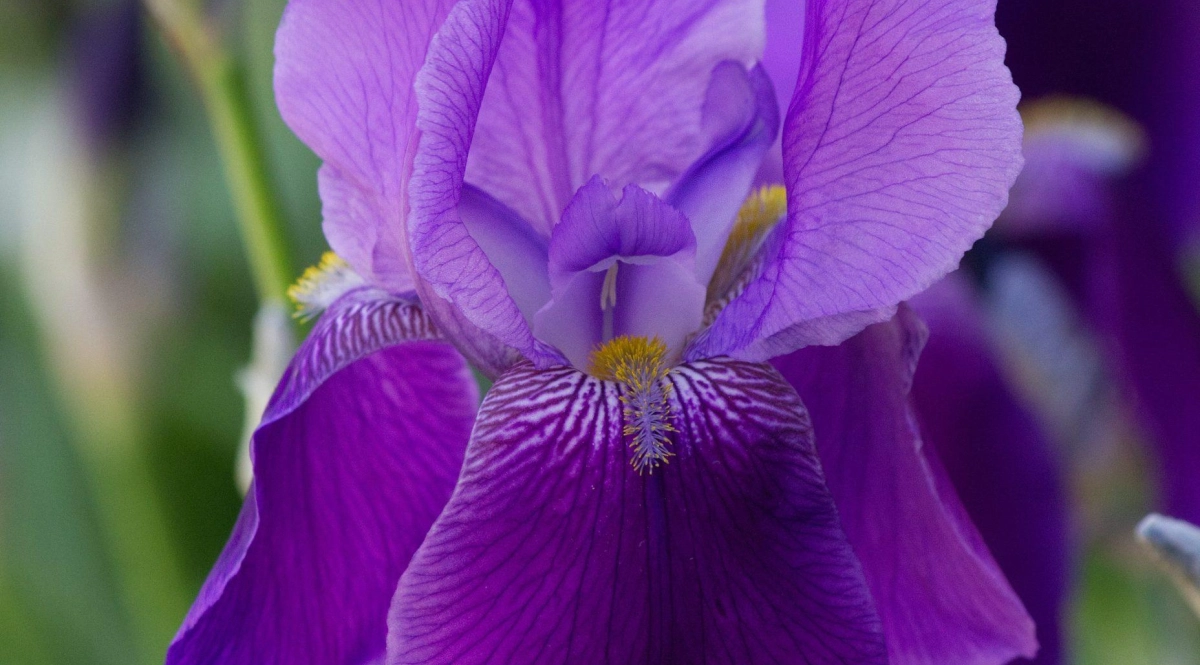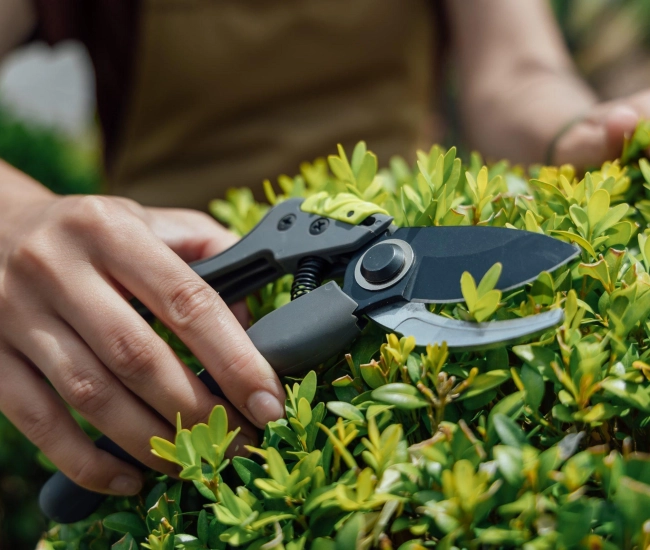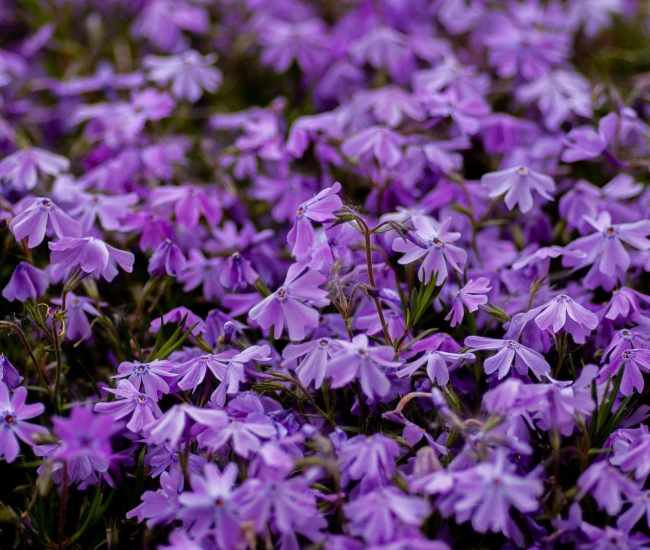
Perennials are the queens of the garden! They can be found everywhere, in a multitude of varieties with different shapes and colors: we love them! Easy to grow, they come back year after year to enhance flower beds and rockeries. Over time, it is very likely that one or more perennials will spread and become too large for the space they occupy. It's time to divide them! In addition to controlling their size, division helps rejuvenate and invigorate your plant. As they age, some perennials tend to become bare in the center and less appealing. With division, you create several smaller plants that can then be transplanted elsewhere in your garden or exchanged with family and friends. Isn't that wonderful?! Dividing perennials is a rather simple process, follow the guide!
When to divide perennials?
Ideally, perennials are divided after flowering. Those that bloom in summer are preferably divided in autumn, and those that bloom later in the season benefit from being divided in spring. There are no rules regarding frequency; you must follow the plant's development in the available space. Often, the need to divide the plants is felt every two or three years, but in some cases, it’s every year. It all depends on the growth of the perennial, its condition, and your space.
How to divide perennials?
If possible, choose a cloudy day to divide your plants. The shock will be less for the roots, which are not used to being exposed to sunlight. The right tools are essential for a good division. A sharp shovel, a knife, or a properly sharpened edge cutter will ensure a clean cut and better recovery of the plants.
There are two schools of thought concerning division: those who remove the plant completely, preserving as many roots as possible, to then cut it into two or more pieces, and those who leave the plant in the ground and remove certain parts to replant them elsewhere... Which one is the best? In botanical books, the technique used is the first, but in reality, the second works very well too and requires less effort. It's up to you to decide!
In any case, it is important to replant each piece of plant quickly and in good soil. Add Passion Jardins marine compost to the planting soil to facilitate recovery and ensure good nutrition for your perennial. Also, ensure that it does not lack water; water abundantly right after planting, then monitor your soil for the following weeks. Adding mulch can help keep the soil moist.
Thanks to division, you can quickly create new flower beds while giving a boost to your plants, which will be very grateful to you.
Have fun in the garden, that's what matters most!
Tips and advice



